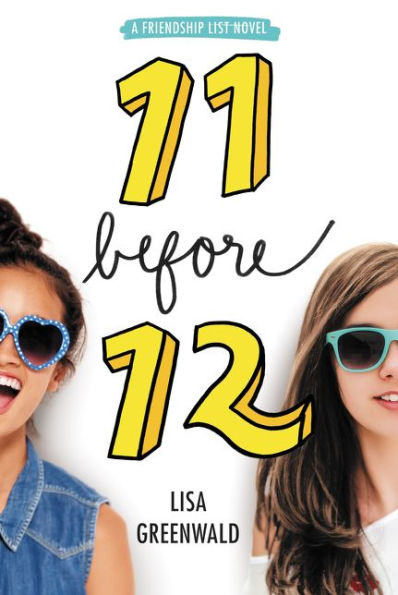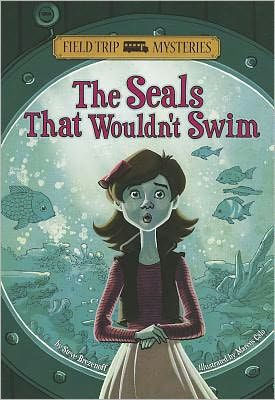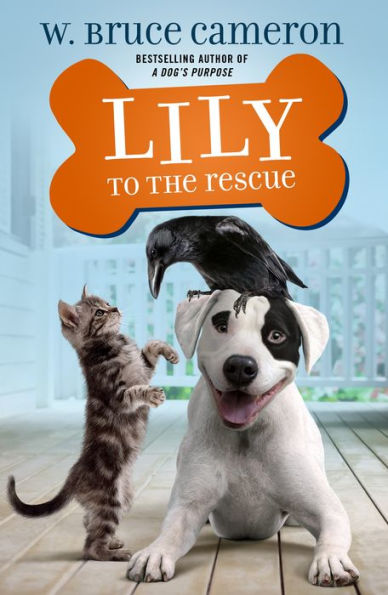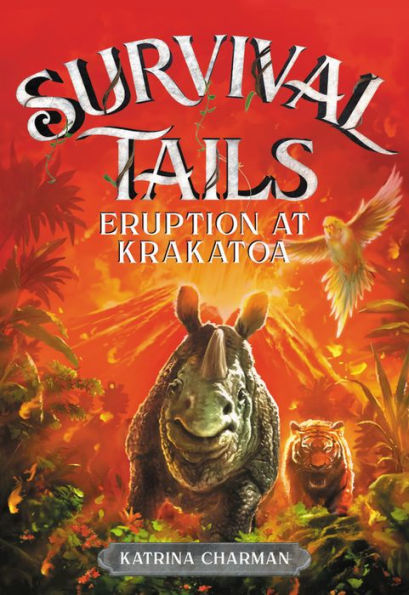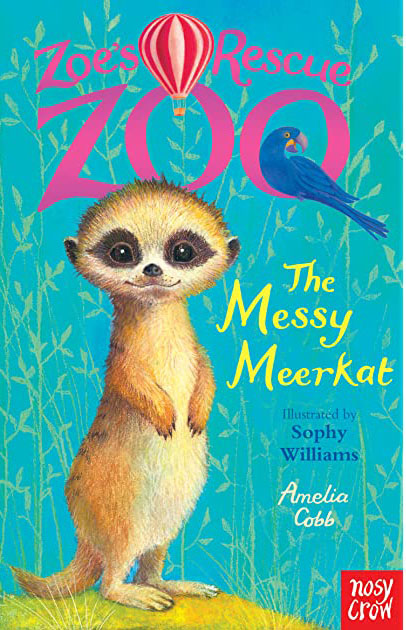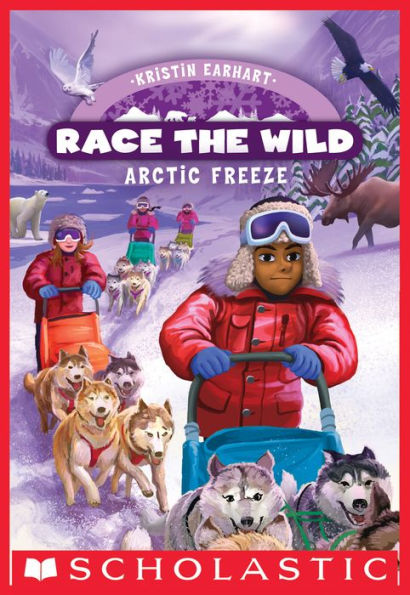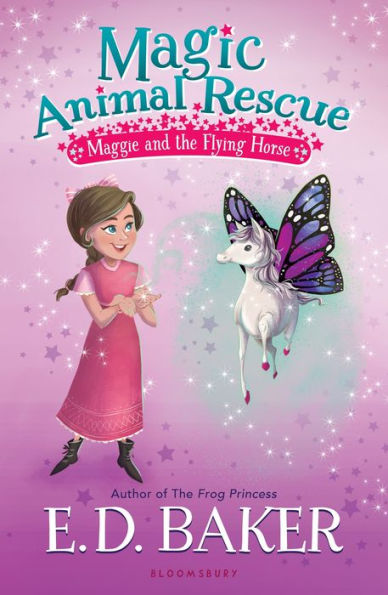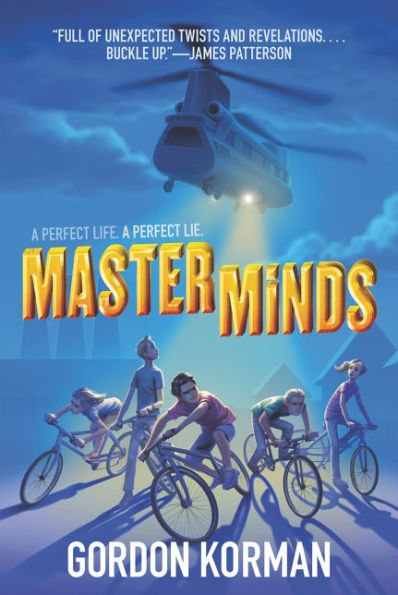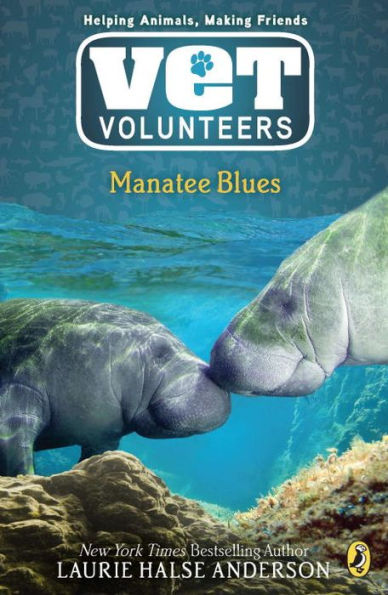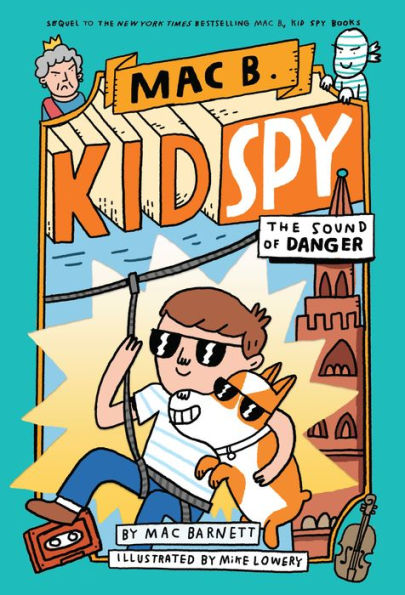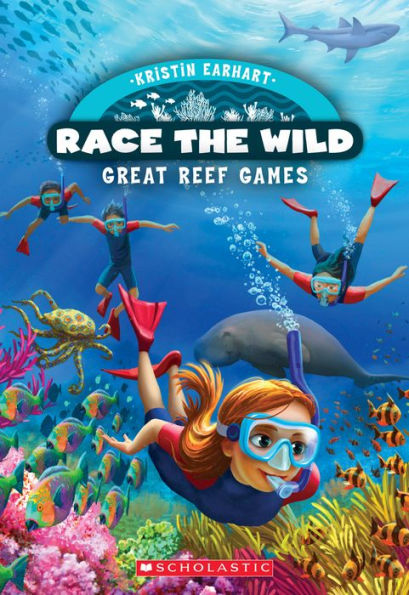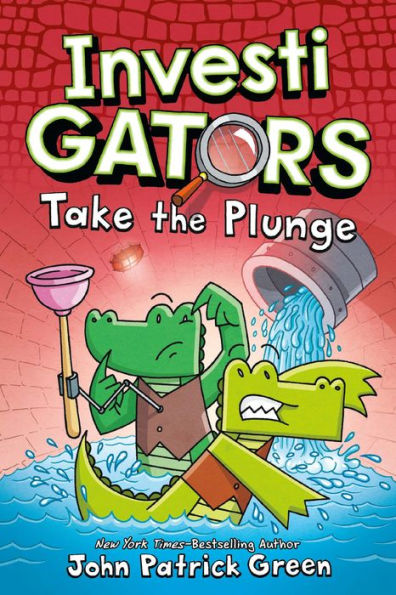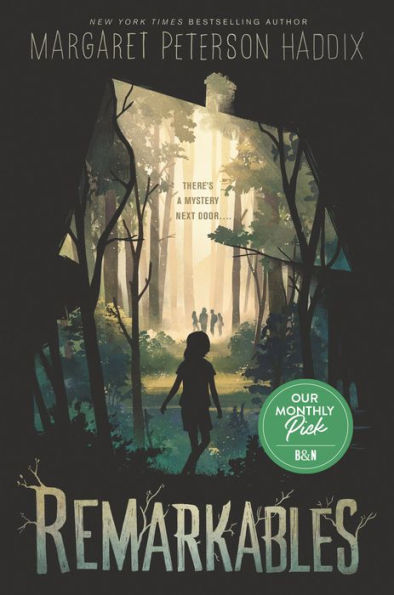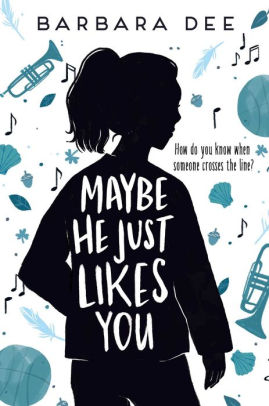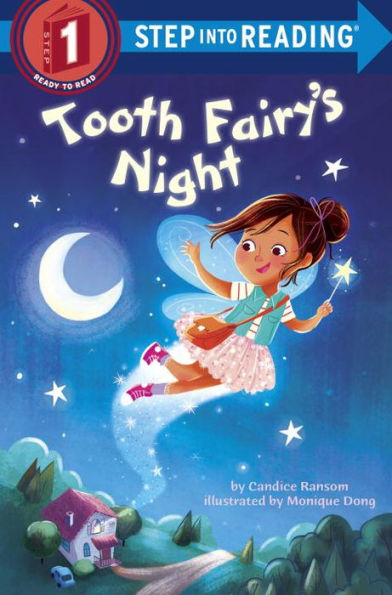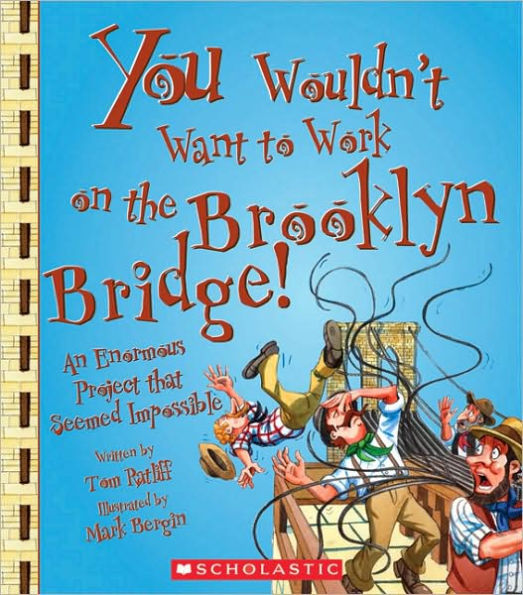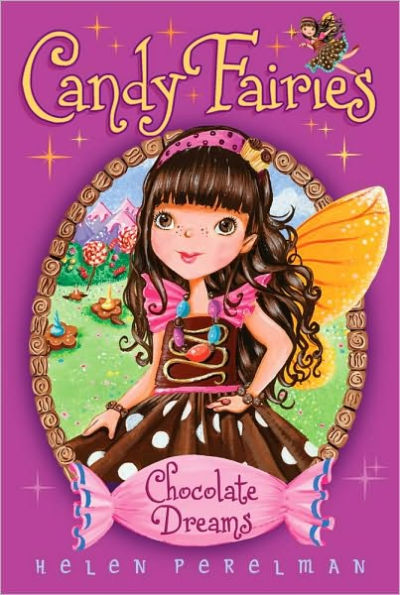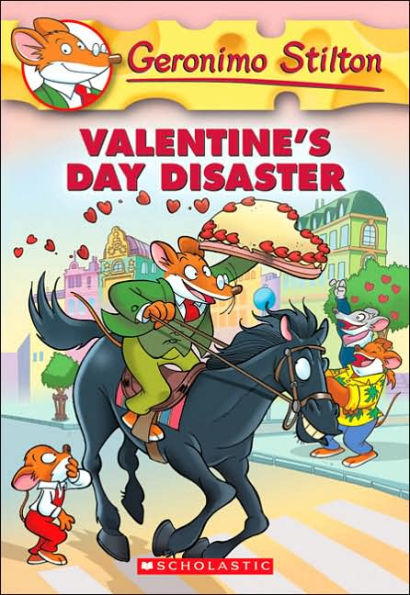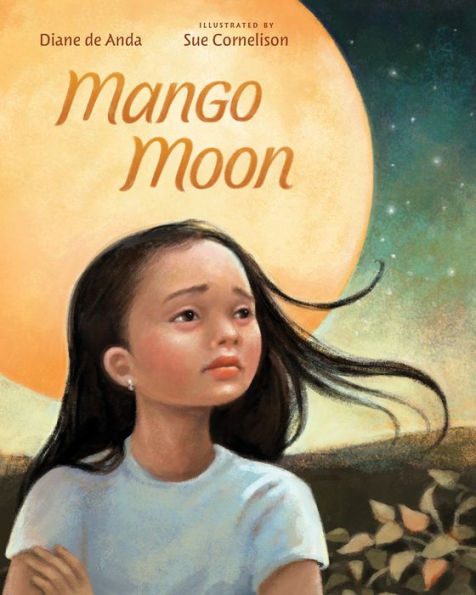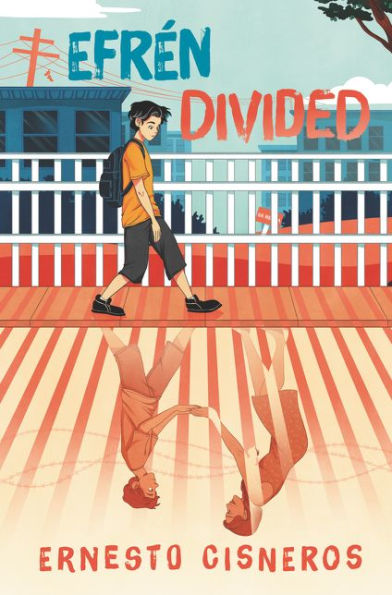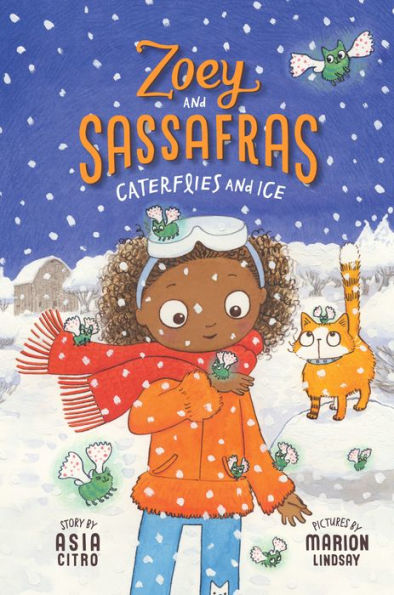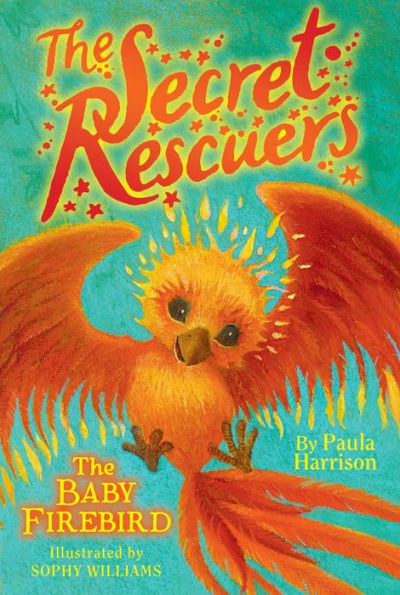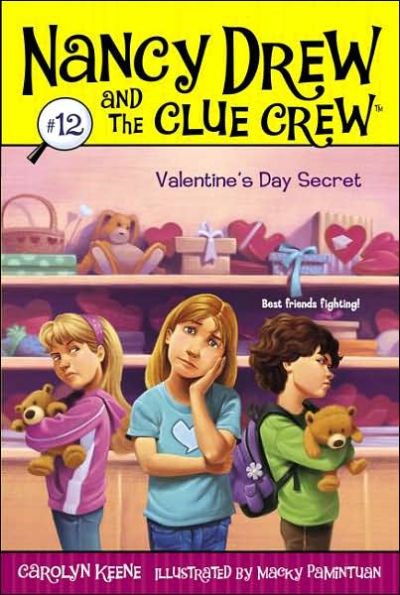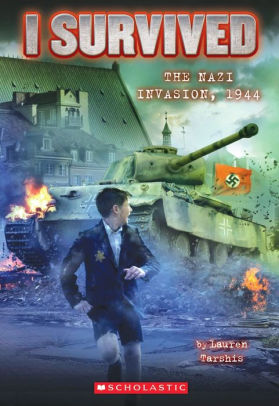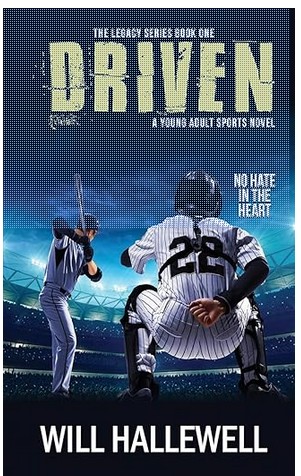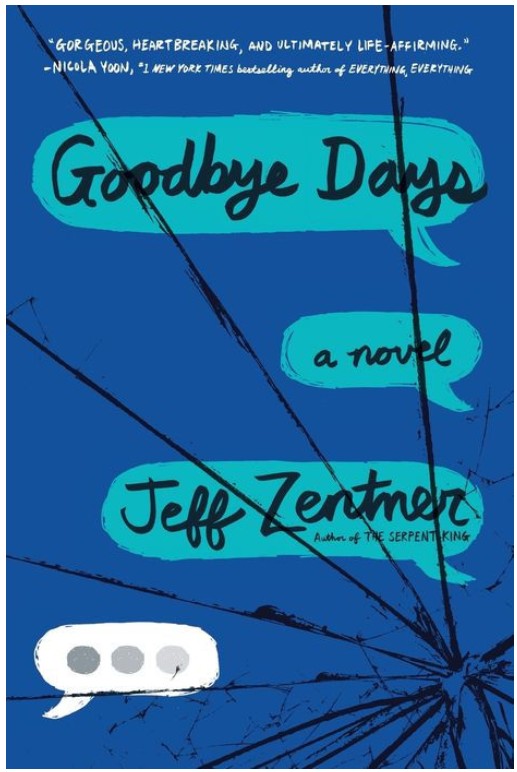Kaylan and her BFF, Arianna, have a foolproof plan for surviving middle school: 1. Make a list of eleven things they need to do to become amazing before they turn twelve and 2. Show off their brand-new selves with the best joint birthday party in the history of West Brookside Middle School.
But between cafeteria drama, crushes gone wrong, and some major misunderstandings, Kaylan and Ari lose sight of the one thing they forgot to put on their list: “Keep our friendship strong.” As their party grows nearer, they’re both left listing the ways their friendship is falling apart.
Told from Kaylan’s point of view, 11 before 12 is a one-sided story told by a self-centered, manipulative preteen. Unfortunately, Kaylan is hard to sympathize with for a variety of reasons. She is only nice to her mother when she wants something. Both Kaylan and her brother yell at each other and their mother. Kaylan wants to be treated like a mature grownup, but she acts like a brat and doesn’t take anyone else’s feelings into consideration—not even her best friend’s.
For the majority of the book, Kaylan and her BFF, Arianna, aren’t talking to each other because of a fight. However, they are both “loyal to the list” and continue working on checking everything off the list, including a first kiss. The story has plenty of awkward boy moments and silly conversations that will appeal to preteens. One positive aspect of the story is that Kaylan learns that “there’s really no purpose in dwelling on the past or mistakes or regrets. The only thing we can do is try and learn something and then move on.”
In the end, Kaylan and Arianna repair their relationship. However, the happy ending feels unrealistic and, unfortunately, the reader may wonder why Arianna would want to be friends with Kaylan. While the topics of first kisses and new friends will appeal to tweens, Kaylan’s selfish behavior dominates the story. Pugs and Kisses by J.J. Howard has similar tween-friendly themes with a more relatable main character.
Sexual Content
- Ari’s mom says, “I think my first kiss was when I was eleven. I was at camp.
- At lunch, a girl tells her friends about her first kiss. She mets a boy at camp and, “We kissed on the last night.”
- At a party, Kaylan thinks Tyler “want to kiss me. I really do. Too bad for him I don’t kiss doofus boys like him, especially doofus boys who taunt my brother.”
- Kaylan’s friend Saara, had a “first kiss miss.” Saara was at a party playing mancala when, “out of nowhere, he leaned in and kissed me.” Saara said she “backed away” because “it was too weird! I didn’t even know him!”
- Instead of going to class, Jason and Kaylan go outside. Jason asks her a strange question. Then when Kaylan is distracted, he “kisses me. . . Well, it’s kind of a kiss. Our teeth crash. Part of his lip ends up on my nose. . . His lips are on my lips, kind of. My lips are on his lips, kind of.” Kaylan gets upset because she thinks the kiss was a “pity kiss.”
- Arianna meets a boy at Hebrew school. Arianna says, “So anyway, we went to get some of the gummy snacks out of the vending machine, and we were standing side-by-side, and he just kissed me! Right there!”
- At a party, Kaylan takes Jason into the laundry room so they can have a “redo” kiss. “We both lean in a little, and then Jason’s lips are on my lips. This is the redo. And it’s going really well. We’re kissing. We really are.” They both decide that the redo went “really well” and then return to the party.
Violence
- None
Drugs and Alcohol
- At a party, a group of boys try to get Kaylan’s brother, Ryan, to drink out of a baby bottle. Kaylan wonders, “what if it’s laced with something? Some kind of poison?” When Ryan refuses, “people start saying, ‘What are you, chicken?’ and ‘He really is a baby!’ and ‘Scaredy-cat.’”
Language
- Some of the teens occasionally call each other names such as jerk, doofus, dimwit, losers, imbecile, and flea brain. For example, when Tyler asks Kaylan if she likes him, she replies, “how can I like you if you’re that big of a jerk to my brother?. . . Do you even know what it means to be a good person and not a complete turd?”
- God, “Oh my God” and OMG are used as exclamations frequently.
- Freakin’ and darn are both used once.
Supernatural
- None
Spiritual Content
- Occasionally Kaylan says a silent prayer. For example, Kaylan’s brother, Ryan, grabs a list out of her hands. Kaylan thinks, “Thank god he didn’t see the sabotage Ryan part.”
- Kaylan’s mom starts crying and Kaylan “prays that my mom stops crying.”
